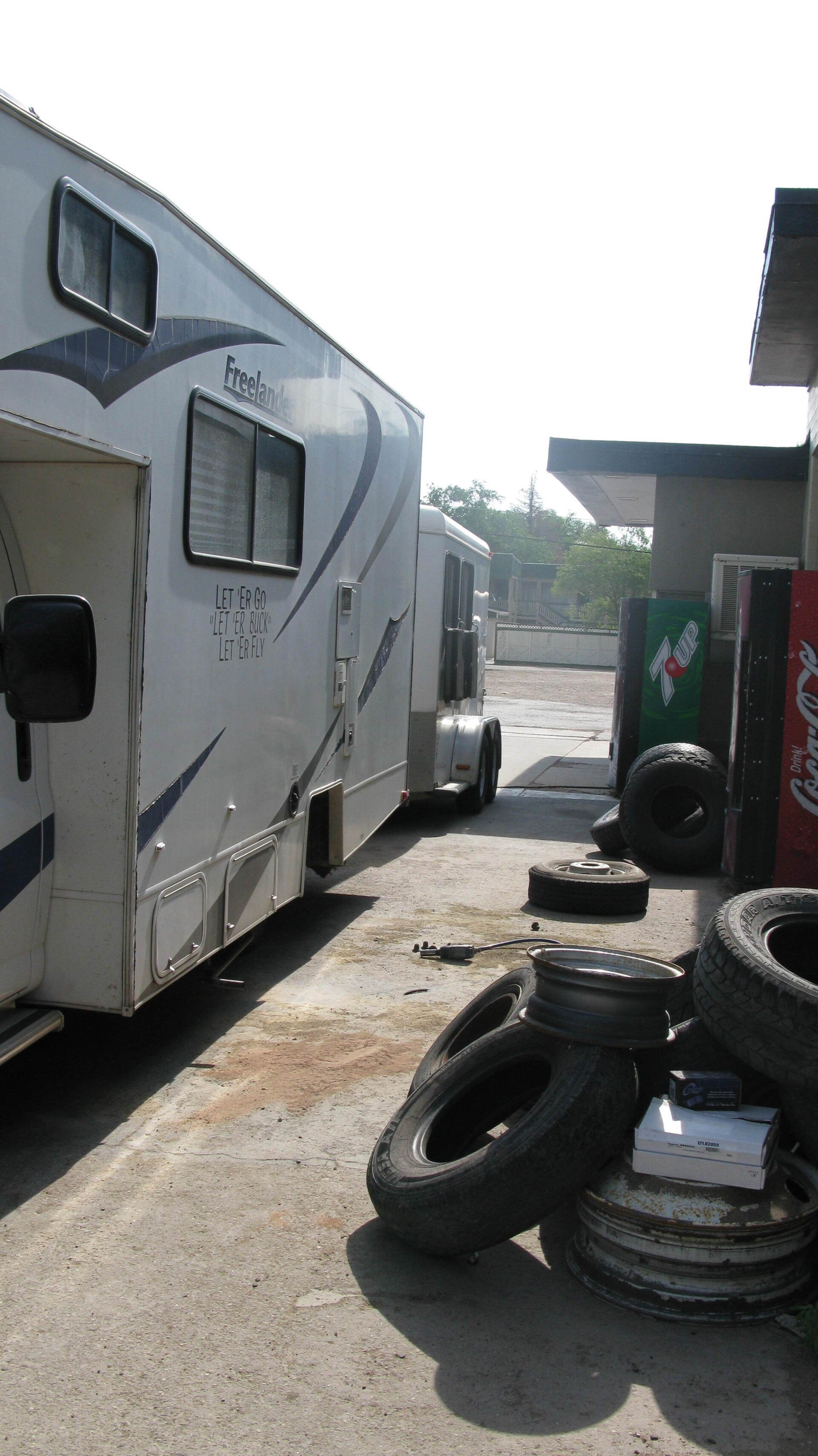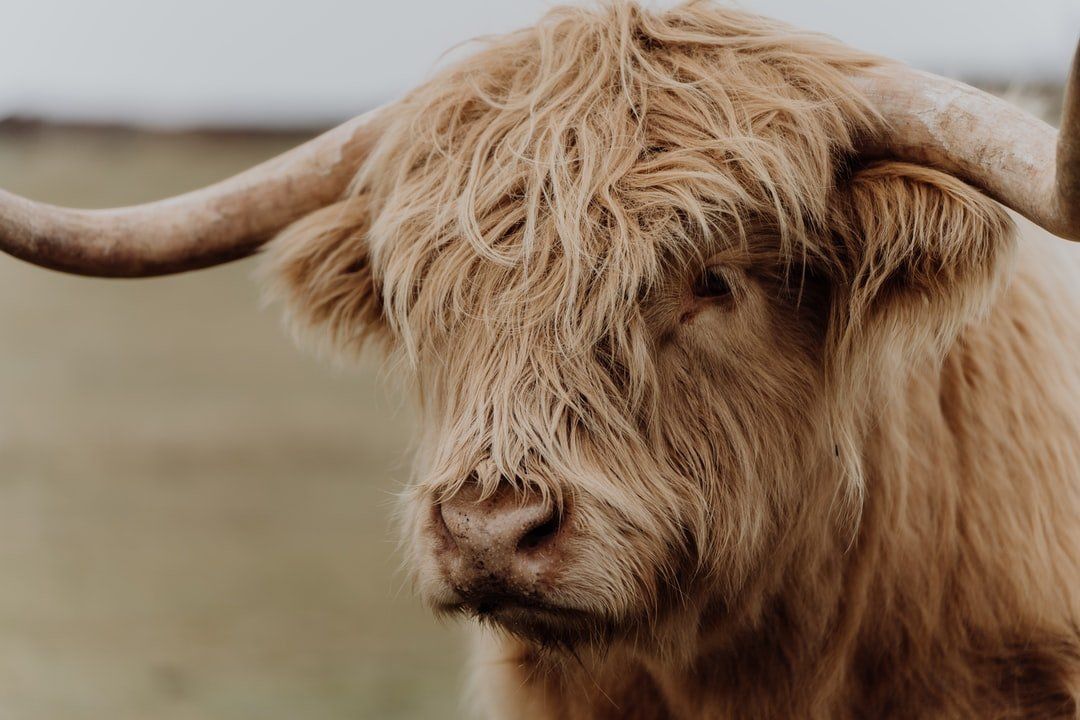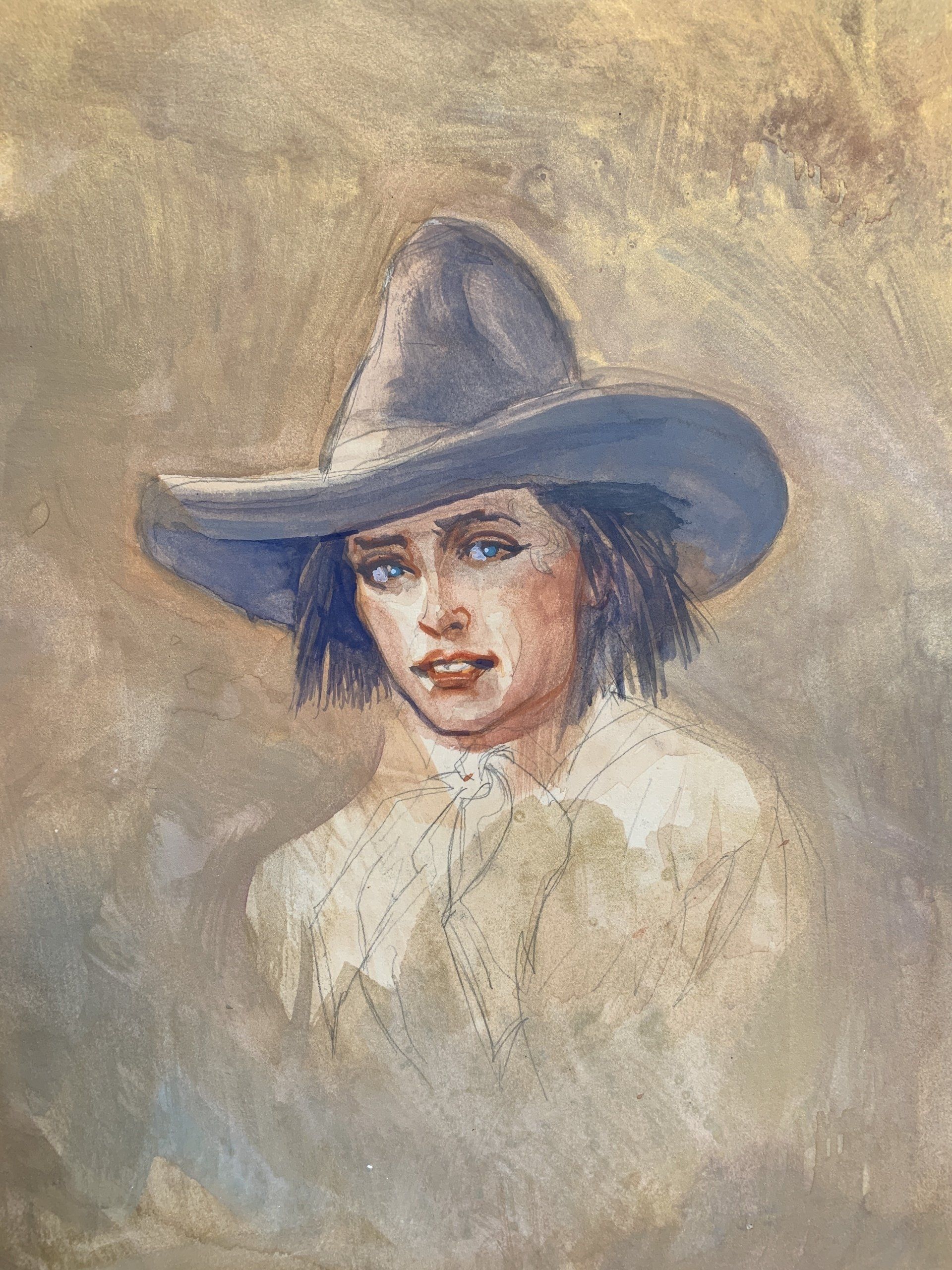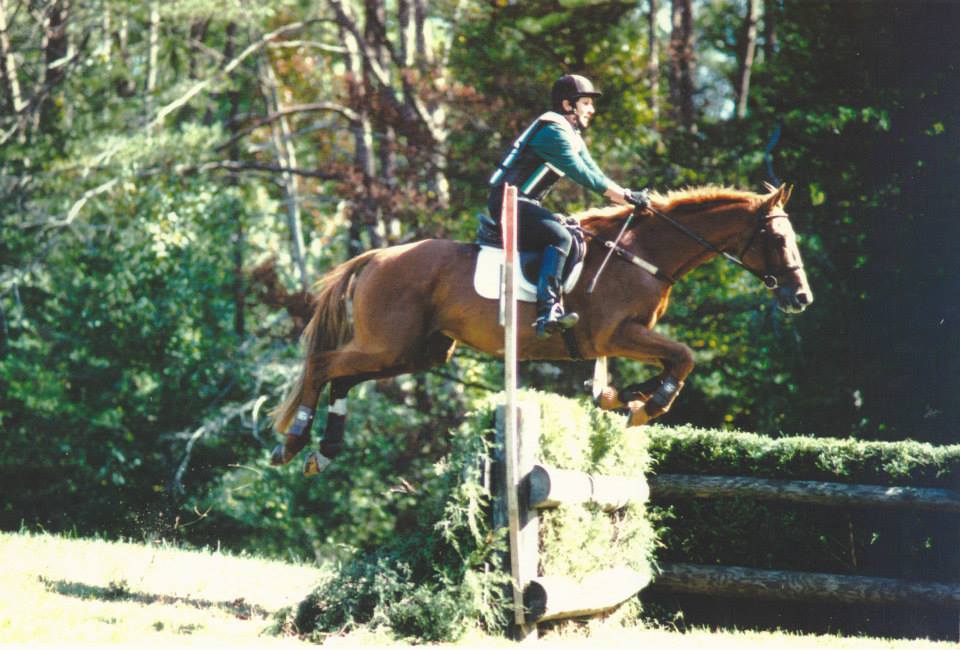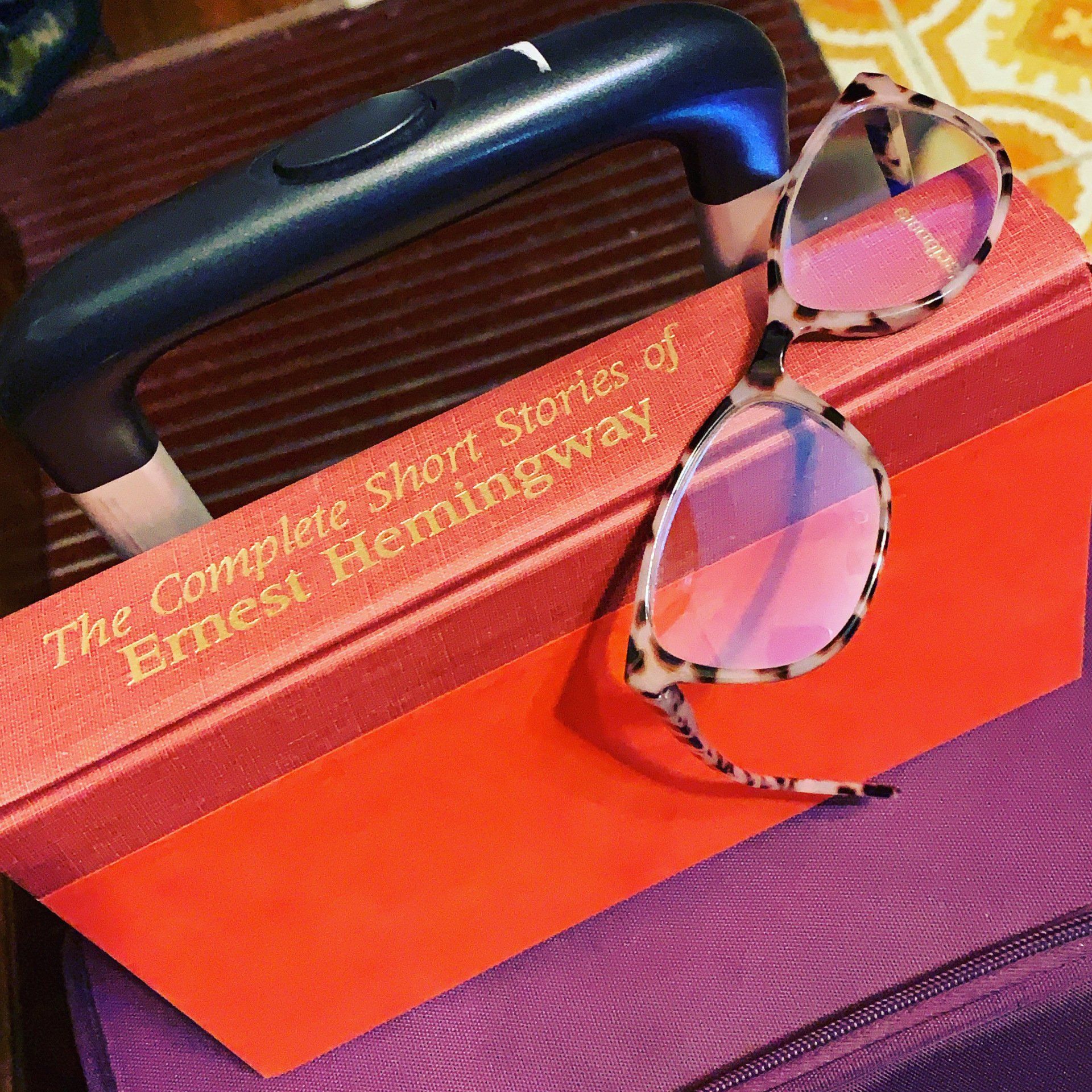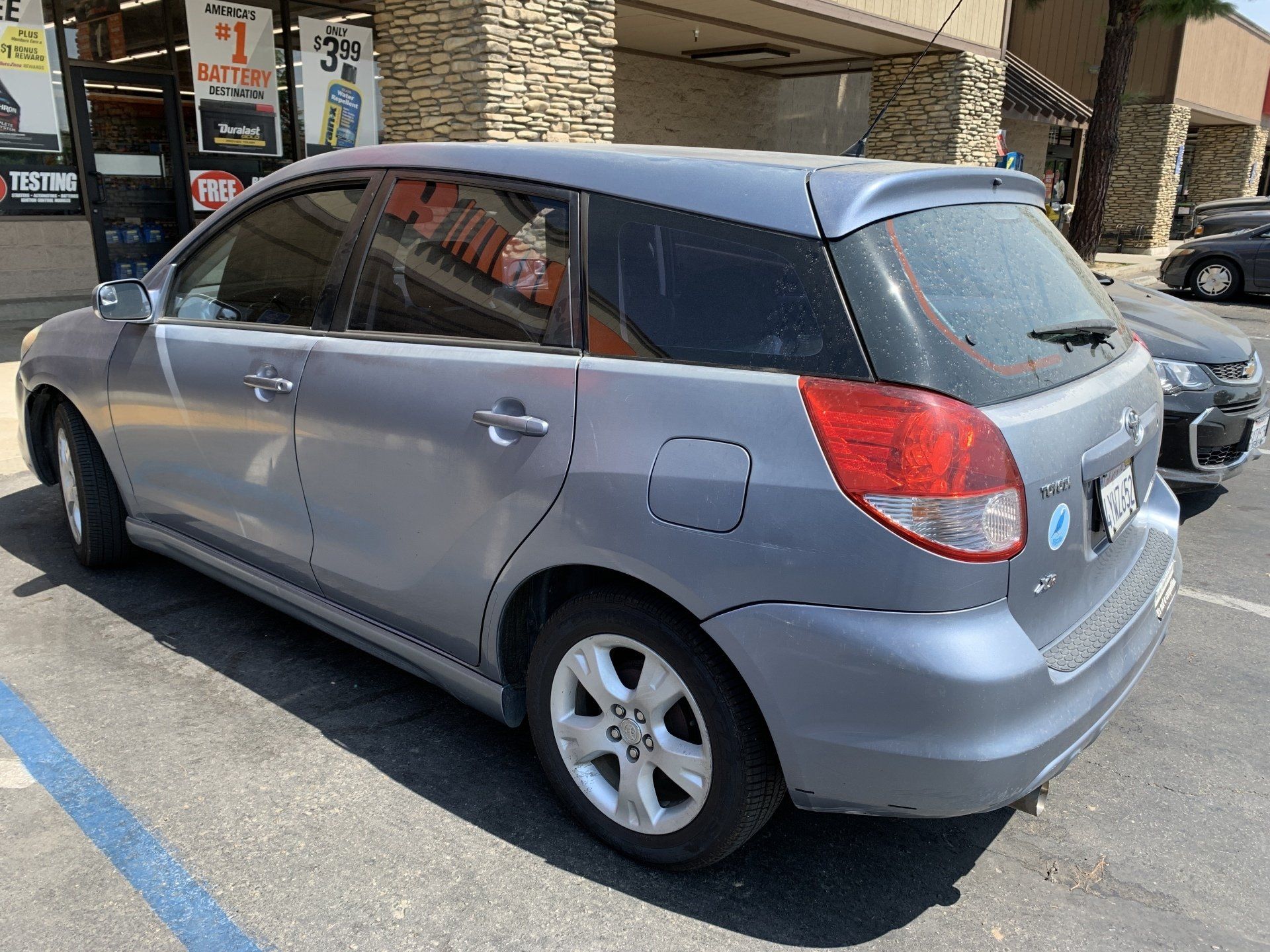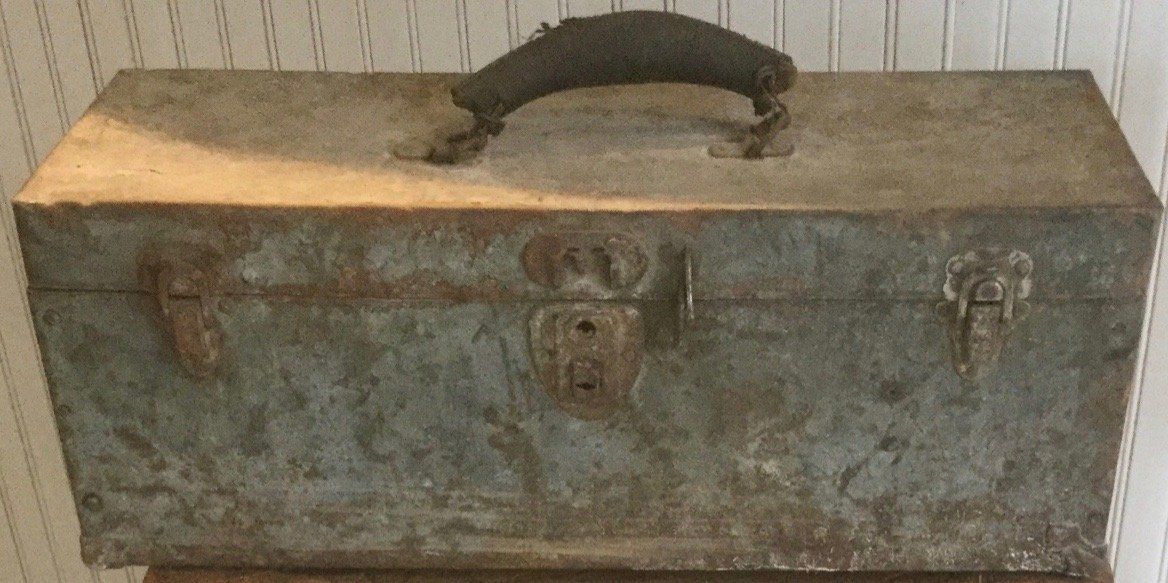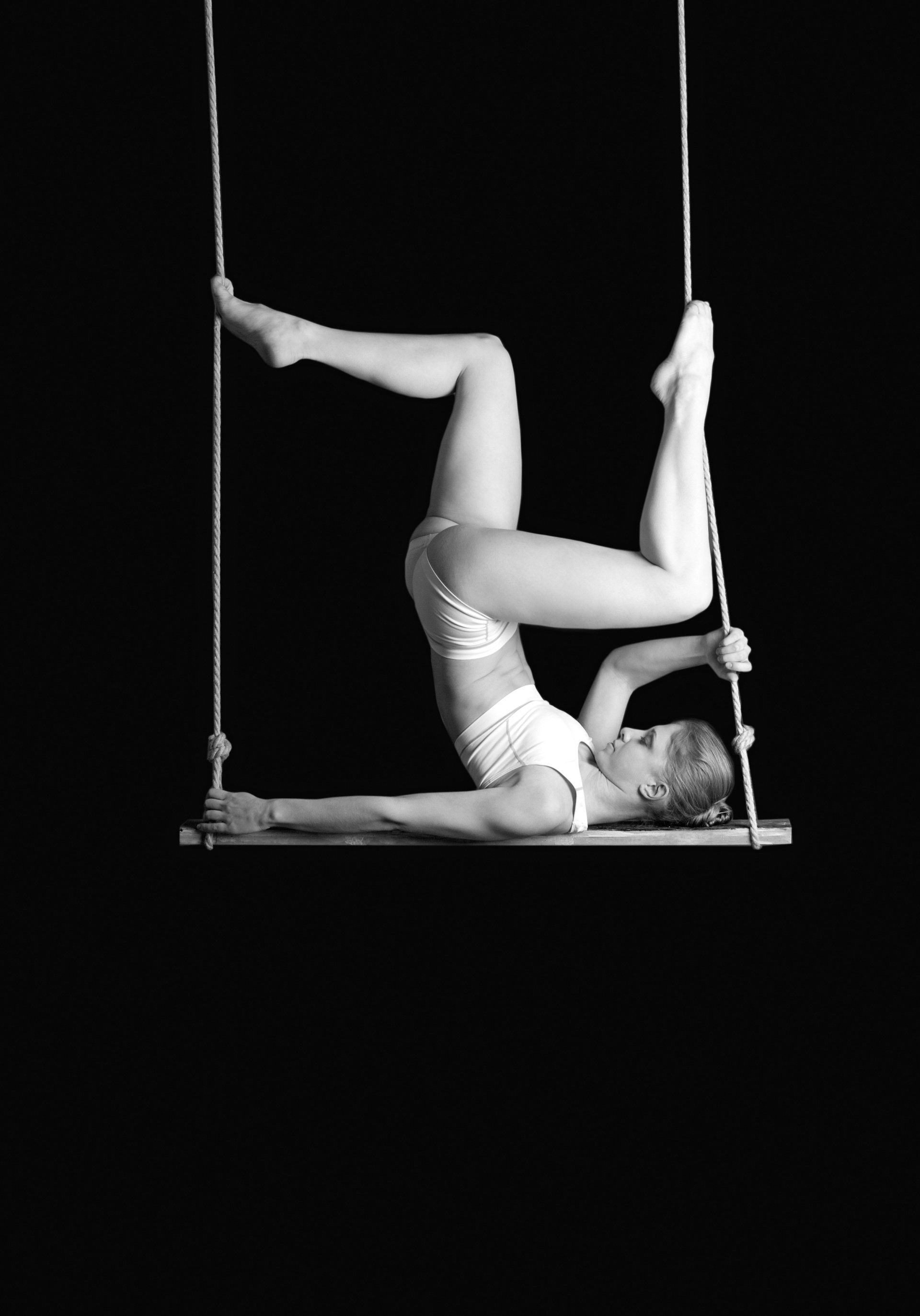
I know the question is well meant. "Oh, you're writing a new BOOK? When's it coming out?" And I'm thrilled people ask. But the answer is not when a book in the first stages of writing will be out, but when that first draft will be done. (Oh, and the answer is "when it's done" and there's a lot of editing and revising and re-editing and re-revising between the first draft and a "pitchable" draft. )
The part about pitching comes next. We take that novel we've written and write a query letter, which conveys the essence of the story into about 300 words, and we see what literary agents or publisher might be interested. Most say no. It's just the way it is. But when some stars align, an agent or publisher who loves the idea of the story asks for a full manuscript, to see if the manuscript delivers what the query promises. "When's it coming out?" is still the question, and there's not a solid answer yet.
But some stars aligned in December 2020, and a cool publisher loved the query letter (one page) enough to read the synopsis (three pages) and upon reading those, asked for a full manuscript (300 pages) and read it, and loved it. Then they offered a contract, and we struck a deal. So, the NEW book, INDELIBLE LINK is signed to a publisher.
What's it about? A trapeze artist. That's about all I'm allowed to say right now.
"When's it coming out?" When they're done doing what publishers do. But you can send me an email here: author@junifisher.com and I'll make sure you get news when they're ready to release it.
While you're waiting, if you haven't read GIRLS FROM CENTRO, you can get it on Amazon : https://www.amazon.com/Girls-Centro-Juni-Fisher/dp/1683131754/ref=tmm_pap_swatch_0?_encoding=UTF8&am...
= or from my website (and I can sign it!) https://www.junifisher.com/book

The earth lost an angel about a month ago. Her name was Audrey Griffin. When I went to a friend who'd delivered a touching eulogy at Audrey's memorial service, though, I saw that Audrey had not left us after all. The shining torch had been passed. That torch was passed to Kristen, who spoke with tenderness and honestly about what Audrey had meant to her, and gave us all a vision of what we were to do with that torch of shining light Audrey had left us.
Audrey gained her first taste of the spotlight as a roman rider. On a team, then a trio, then a quintet, and a sextet of white horses, she rode galloping patterns in rodeo arenas in the 1950s. She raised a beautiful family of daughters. She was a sailor (something I didn't know until her memorial service) and she was a horseman to the very last light. Folks would see her truck and trailer all over the Santa Ynez Valley, and say "There goes Audrey," and smile. She'd be hooking up her trailer and loading a good horse at the drop of a hat if there were cattle to gather or move, or sort or brand. She was first to raise her hand when it came time to lend a hand, because she just plain loved horses, and riding, and being a dang good hand, and that she was: a hand.
I first met Audrey about 10 years ago when I met an old friend, Art Green who's managing the Alisal Ranch cattle operation outside Solvang, CA, for lunch in Santa Ynez one day. He brought along my friend and hero Sheila Varian, and this beautiful, shining woman with the most magnificent blue eyes you ever saw. Sheila wanted to know if I could go move some cattle with them the next day. "If you can mount me, I've got my saddle in the camper," I said. True to Sheila fashion, she said "Audrey can!"
Now, I am very very sensitive to people's horses, and I turned to this woman I'd just met, laughing and said, "I'm so sorry, Audrey. You don't know me from Adam, but it was sure nice of Sheila to offer your horse." Audrey Griffin, member of the Cowgirl Hall of Fame, never missed a beat.
"You can ride my bridle horse, I'll ride my filly tomorrow." And the next day, I jogged out across the morning mist with Cowgirl Hall of Famers Sheila Varian and Audrey Griffin on either side of me. Slice of heaven right there. The thing was, if Sheila said I was okay, then I was okay by Audrey too. The other thing was this: Audrey Griffin just plain loved everybody. She'd hug you and look into your eyes and you knew that if there were angels on earth, they had silver hair, a cowboy hat, sparkling blue eyes and their lipstick was the perfect shade. That was Audrey.
When she passed, she was sitting on a good horse, dressed to the nines, moving cattle. That was how she always said she wanted to go: to be on a good horse and have her lights just go out. God was listening. And when Audrey rode off into her last sunset on earth, she left some stardust on all of us. Thank you, my beautiful friend. You left plenty of stardust for everyone you ever touched.
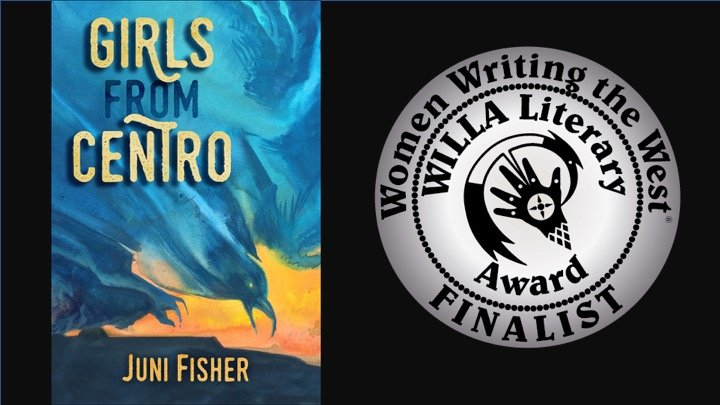
Every person who's ever set out to write a novel has three jobs in front of them.
1. Sit down and actually write a novel. Not outline, not record notes, not go to endless classes, not talk about it, but actually sit down and write a full manuscript, start to finish.
2. Edit, edit, read, edit, edit, share with trusted mentor, edit, listen, edit, pitch, edit that manuscript until it is ready for the world.
(Hint: your family and friends are not your editors unless they truly ARE professional editors)
3. Find that manuscript a home.
Now, that home can be with a traditional publisher, and the big ones will take a look at a manuscript from an agent they trust. Or (this was the route I took with my first novel) that home may be with a smaller publisher that's open to reading the first 10 or 20 pages, and hopefully more of a manuscript from an as yet unpublished writer. Or if the author has a platform and only wants to hold a printed book with their name on the cover, they can go the self-publishing route. (works for authors who already have enough of a following to sell the book) Or if they would like to forego the work of editing and pitching, they can pay a vanity press to print their book, (not at all a recommendation, mind you)
It's a waiting game. You learn that really quickly. My author and agent friends were mostly astounded that my debut novel was published only a year after I signed the contract with the publisher who read the manuscript and offered a contract. A YEAR. I died a thousand deaths every time someone asked "So, when is your book coming out?" because it sounded more like "So, this supposed book, the one you say is being published, will it ever actually be a real book?"
Then we hope the editorial reviews will be favorable, and after that we hope the readers also add their reviews to Amazon and social media.
Then, if we are brave when the publishers asks "Want us to submit this for some awards" we say "YES" because after all the time and effort, frustration, waiting, and wondering, we hope our work stands up to inspection. Why? Because getting some recognition here and there is a nice thing. That nice thing just happened officially today. My debut novel, Girls From Centro is a finalist for the WWW Women Writing the West Willa Award for Contemporary Fiction. In straight talk, it was in the top THREE, and for this debut author, that's exciting and rewarding news.
Want to know the boost that got me to complete the three things listed above? I'll be sharing that on my social media pages very soon. Stay tuned! And thank you thank you thank you to all of you who've read and remarked about the novel! You ROCK.



